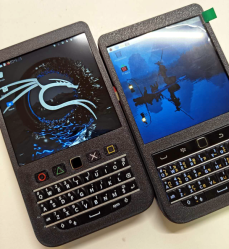When the Raspberry Pi 5 SBC was released last year, it came in 4 and 8 GB RAM variants, which currently retail from around $80 USD and €90 for the 8 GB variant to $60 and €65 for the 4 GB variant. Now Raspberry Pi has announced the launch of a third Raspberry Pi 5 variant: a 2 GB version which also features a new stepping of the BCM2712 SoC. This would sell for about $50 USD and feature the D0 stepping that purportedly strips out a lot of the ‘dark silicon’ that is not used on the SBC.
These unused die features are likely due to the Broadcom SoCs used on Raspberry Pi SBCs being effectively recycled set-top box SoCs and similar. This means that some features that make sense in a set-top box or such do not make sense for a general-purpose SBC, but still take up die space and increase the manufacturing defect rate. The D0 stepping thus would seem to be based around an optimized die, with as only possible negative being a higher power density due to a (probably) smaller die, making active cooling even more important.
As for whether 2 GB is enough for your purposes depends on your use case, but knocking $10 off the price of an RPi 5 could be worth it for some. Perhaps more interesting is that this same D0 stepping of the SoC is likely to make it to the other RAM variants as well. We’re awaiting benchmarks to see what the practical difference is between the current C1 and new D0 steppings.
Thanks to [Mark Stevens] for the tip.







 [ataradov] also offers us a complete board design with a RP2040 and a USB hub on it, equipped with USB sockets that completely free us from the soldering requirement; it’s
[ataradov] also offers us a complete board design with a RP2040 and a USB hub on it, equipped with USB sockets that completely free us from the soldering requirement; it’s 










